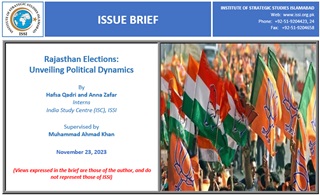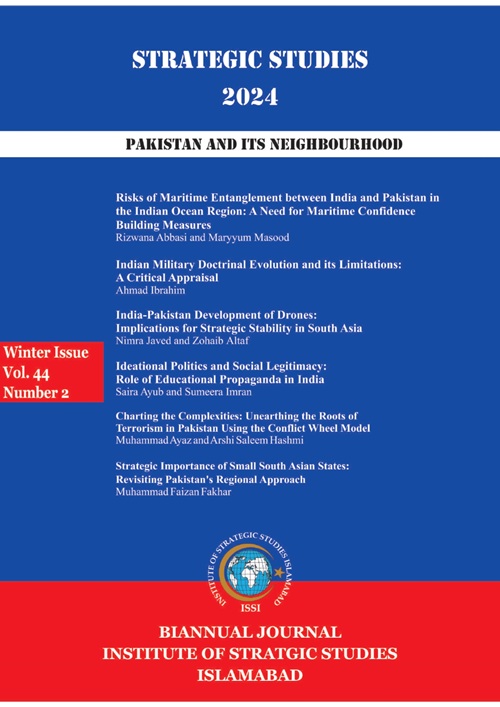As the Rajasthan Assembly’s tenure is approaching at its end, the Election Commission of India has officially declared the 16th Rajasthan Vidhan Sabha elections, set for 25 November 2023. The results are scheduled to be announced on December 3, 2023. With the election date drawing nearer, all eyes are focused on Rajasthan, speculating whether the Indian National Congress (INC) can be re-elected and could overturn the 30-year-old pattern by establishing their government in Rajasthan again? Following its defeat in Karnataka state elections in May, the Bhartiya Janata Party (BJP) is also leaving no stone unturned in its efforts to secure victory in these crucial elections.
Rajasthan holds the distinction of being India’s largest state by land area, with an estimated population of 79.5 million people[1]. This north-western state shares its borders with Pakistan to the west and northwest, as well as five domestic borders with the states of Gujarat, Madhya Pradesh (MP), Uttar Pradesh (UP), Haryana, and Punjab. The Rajasthan assembly consists of 200 seats spread across 33 districts. Among these 200 seats, 25 are designated for Scheduled Tribes (ST) and 34 are reserved for Scheduled Castes (SC)[2]. The geographically vast and diverse state plays a pivotal role in India’s national political landscape by contributing 25 seats to the Lok Sabha and 10 seats to the Rajya Sabha. The political arena in Rajasthan is primarily characterized by the presence of two major parties, INC and the BJP. However, it also accommodates the influence of other political entities, including the Bahujan Samaj Party (BSP), the Rashtriya Loktantrik Party (RLP), and independent candidates, reflecting a multi-faceted political spectrum in the state.















